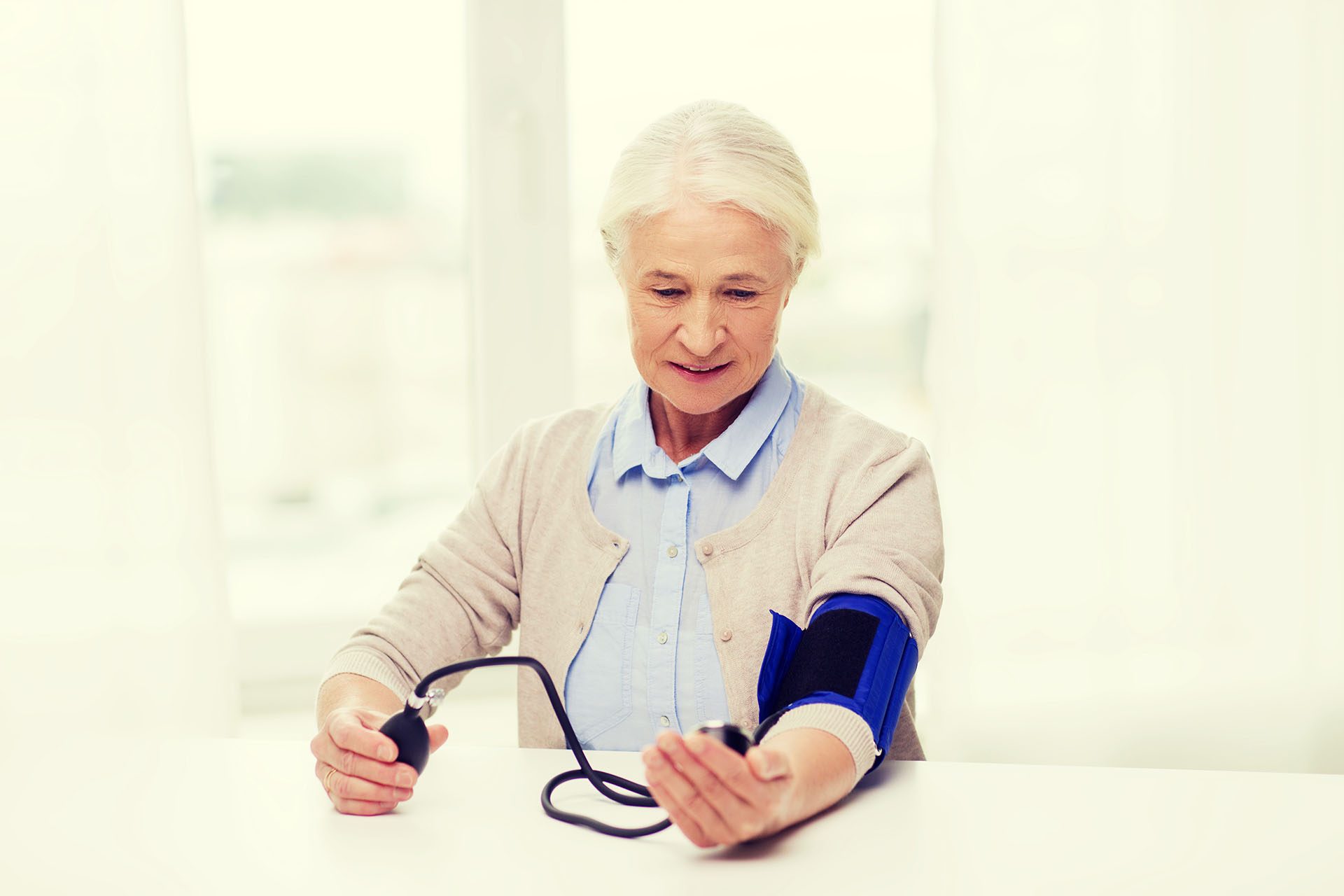The patients who track and report their own data
“What do you want to be able to do?” This important question is how the remote care and monitoring service in Larvik municipality in Norway starts a conversation with a potential patient. How does remote care and monitoring work?

This is a summary of a webinar that was held in May 2022: “Remote care and monitoring – Larvik municipality share their experiences”
“We want to give our patients an individualized service. We want our patients to learn about their symptoms. That’s what makes it possible to go on a work trip to Sweden,” says Linda Nilsen Augland.
A story about a work trip to Sweden was how Augland started this webinar. When Helsehjelpen (translated: health help) in Larvik municipality first met this man, he was extremely worn out and a burden on his wife. This is typical for chronically ill patients.
Later, health personnel were warned that the patient’s symptoms had gotten worse. When they called him to check in, he did not have time to talk. He was on the ferry over to Sweden and knew exactly what he needed to do to improve his vitals.
This example shows the usefulness of digitally monitoring patients. Helsehjelpen is a multidisciplinary team that consists of nurses, an occupational therapist, a physical therapist, and a technician. Together with primary care doctors, they care for patients with e.g. COPD, heart failure, cancer, and diabetes. If the patient has a condition that can be remotely monitored, this form of care is a possibility. They should not have cognitive failure. A general interest in technology is required.
In remote care and monitoring, the patient measures their own vitals and sends this data via an app to Helsehjelpen. Clinicians and primary care doctors agree on limits for relevant symptoms like blood pressure. Measurements are sorted by the traffic light principle. If the patient’s blood pressure is too high and in the “red zone”, health personnel are notified. If a measurement is a bit high but still in the “yellow zone”, the patient follows the procedure outlined by Helsehjelpen and their doctor in order to bring their blood pressure back into the “green zone”. Augland and her colleagues look at trends rather than individual measurements.
Measurement limits and procedures are recorded in the patient’s personal care plan. Augland says, “Without a personal care plan, there is no remote care and monitoring. It does not help to measure if the patient does not know how to respond.”
“All in all, it is important to note that we have done more than implement a technological platform. We have created a holistic service where technology is part of the bigger picture,” summarizes Augland.
Link to the webinar
Remote care and monitoring – Larvik municipality share their experiences